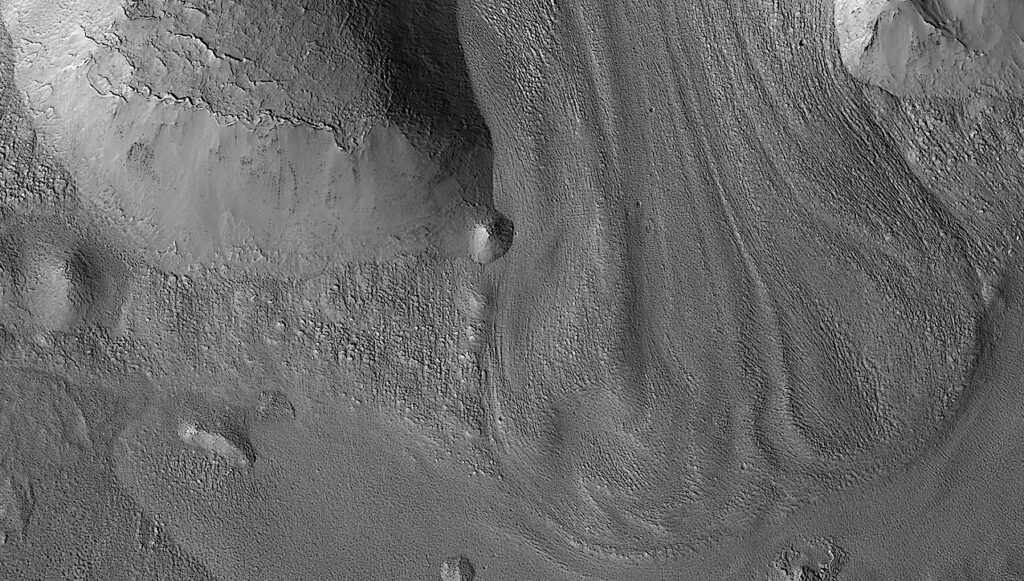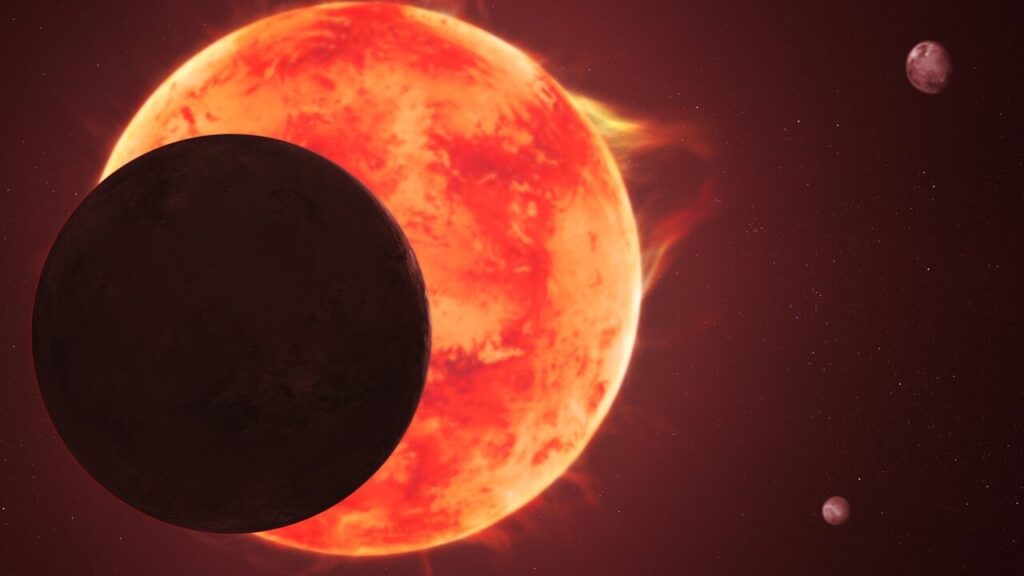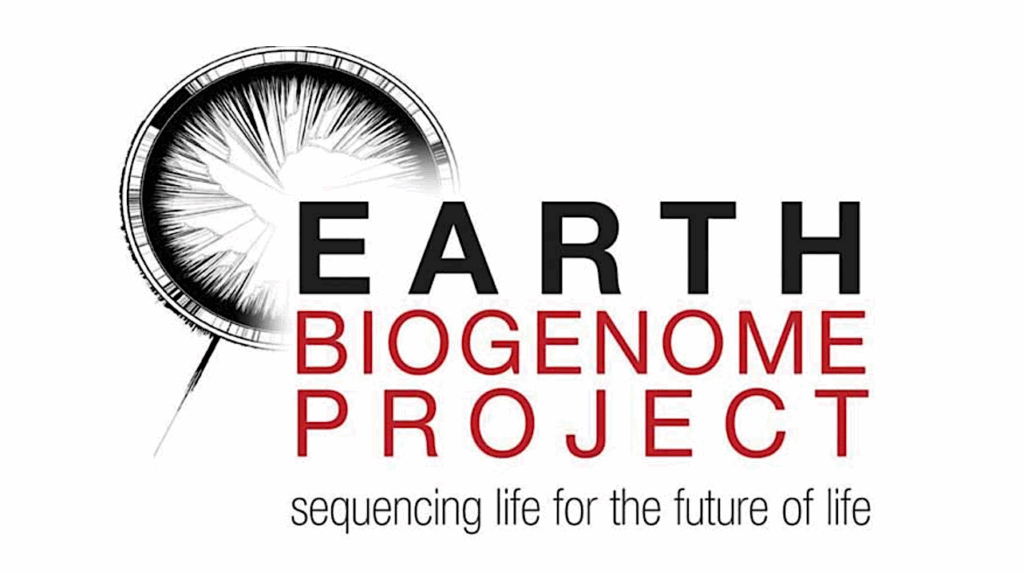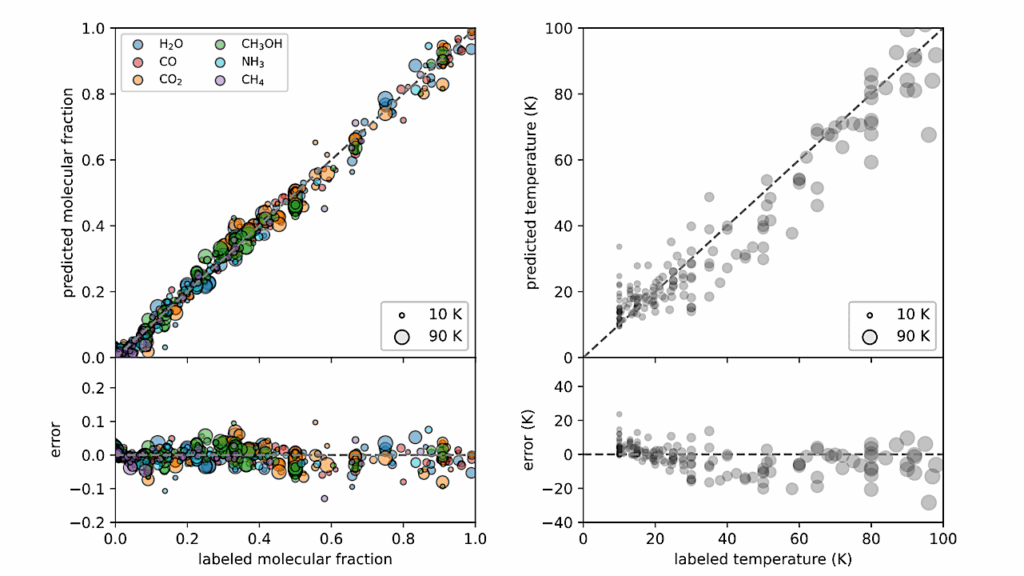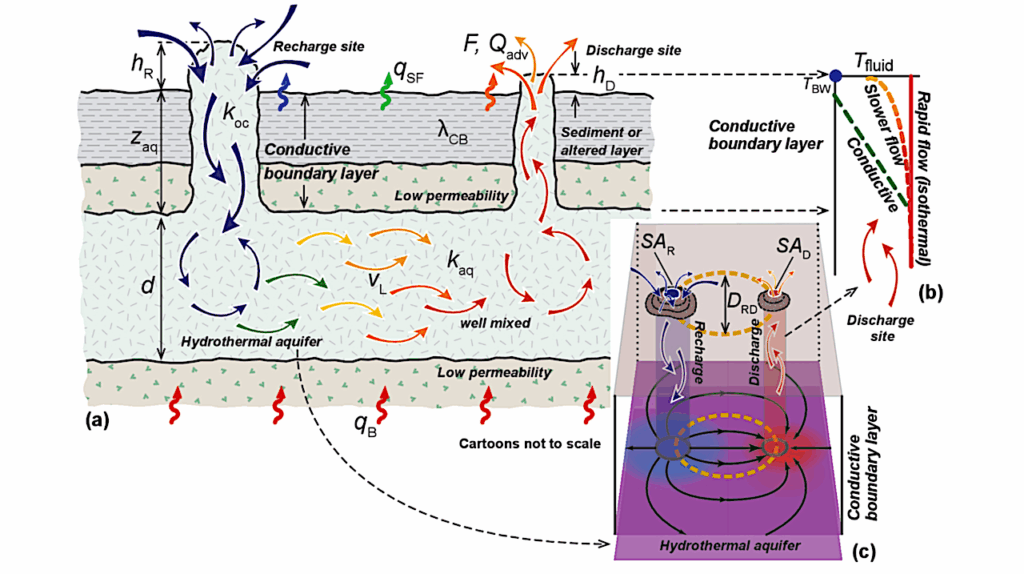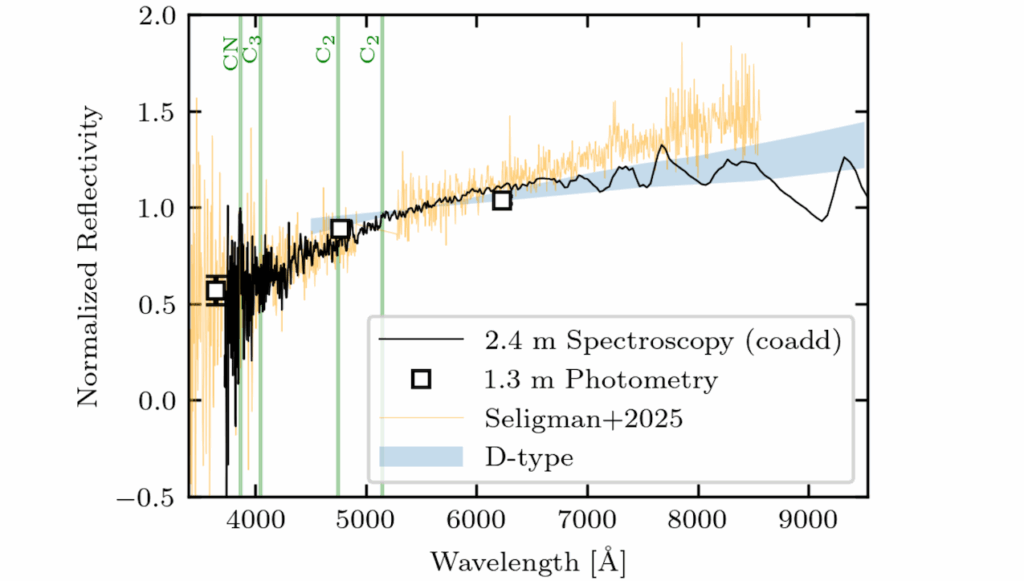Planetary Protection Requirements Should Address Pollution From Chemicals And Materials
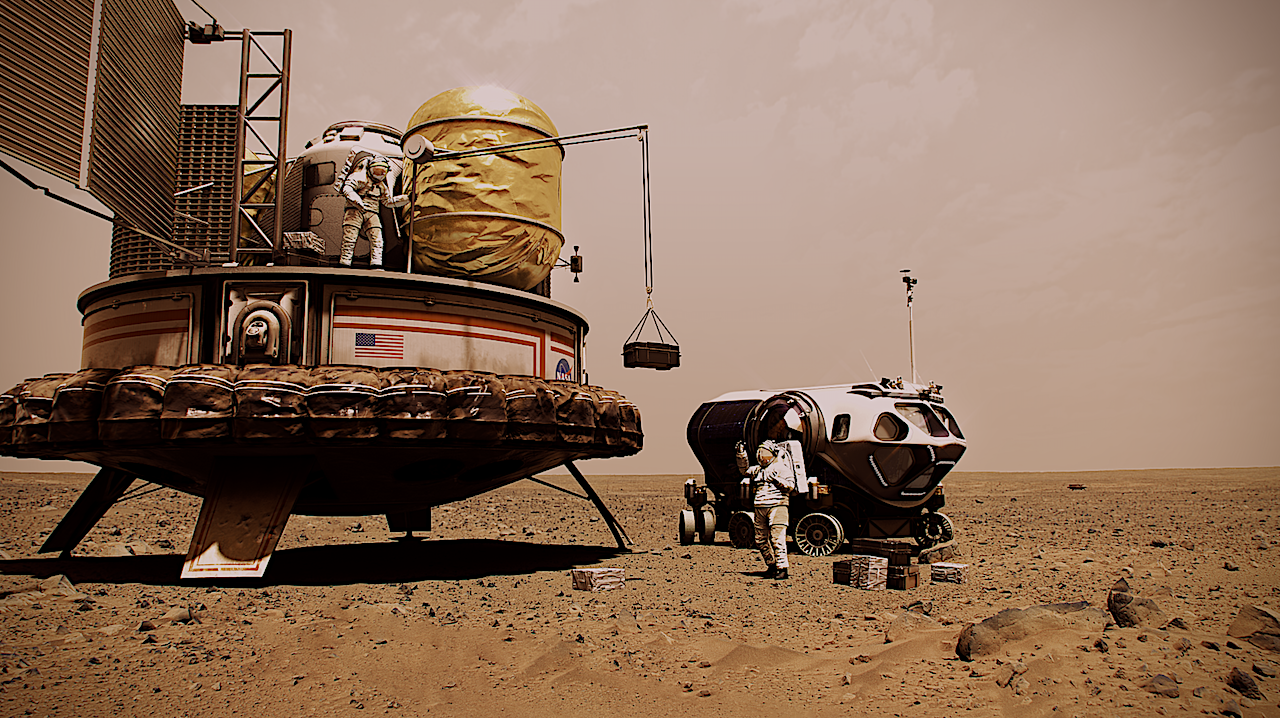
Governments and private entities are currently developing plans to send humans to the surface of Mars. Transporting humans to Mars, sustaining them, and enabling their activities on the surface will require landing systems, housing units, vehicles, operational gear, and protection suits, among other equipment.
Along with unavoidable microbial contamination, human support and exploration systems will deliver a plethora of novel chemicals and materials to the planet. Humans on Mars will thus inevitably pollute the environment with anthropogenic chemicals and novel materials in a range of sizes, shapes, and composition, as well as via the degradation products of these chemicals and materials.
However, thus far, there has been little research on the impacts of anthropogenic chemicals and materials in the context of Planetary Protection, nor has there been an effort to compose regulations or agreements that consider these impacts. This needs to change.

Anthropogenic debris from various robotic rover missions on Mars (A–E) and plausible emission routes of chemicals and materials from a crewed Martian base (F). (A) Remnants of the Perseverance rover’s backshell and parachute in Jezero Crater (2022). (B) Smoke plume rising from the crash site of the “Skycrane” used to lower the Perseverance rover onto the Martian surface (2021). (C) String-like material from the Perseverance rover’s landing system (2022). (D) Debris from the Curiosity rover (potentially associated with its landing; 2012). (E) Heatshield from the Opportunity rover (2004). (F) Some emissions pathways were originally discussed in refs. 5, 6, and 14. Image credits: NASA/JPL–Caltech (A–C); NASA/JPL–Caltech/Malin Space Science Systems (D); NASA/JPL–Caltech/Cornell University (E); and NASA (F).
Planetary Protection requirements should address pollution from chemicals and materials, PNAS via PubMed(open access)
Astrobiology,


